A book is a journey we do not have to take.
We must be persuaded to do it.
Usually it is the set-up that does that for us: a unique or intriguing situation.
But once the book is picked up,
it will be the characters who will tug us along to find out what they will do and say next.
Do they make us laugh? Do they make us root for them?
As humans, we are driven to seek an understanding of others,
for in understanding them, we come close to understanding ourselves ...
and perhaps we will not feel quite so isolated, alone.
HOW TO ENGAGE THE READER
1.) EACH STEP MUST TAKE YOU SOMEWHERE
As I've said: each book is a journey. Characters, descriptions, or dialogue ... must move that journey along ...
or you are making the reader simply jog in place!
2.) TONY STARK ON A ROAD TRIP
Wouldn't he be a hoot on a road trip to anywhere?
Your characters must entertain in some form or fashion
or your reader will opt for more enjoyable companions.
3.) WHERE IS THE DARTH VADER OF YOUR TRIP?
Success conceals; adversity reveals.
Is he looming like a storm cloud on the horizon?
Or is she sitting, smiling like the false friend she is, right beside your hero?
Does his motivation make sense to the reader or does he exist merely to be the Big Bad of your story?
Your reader should see that he/she is just one bad day away from becoming that person.
4.) WHERE IS THE TICKING BOMB?
Imagine a tense company board meeting:
the founder is being betrayed by his best friend in a hostile take-over.
He is bravely, intelligently fighting for his dream while the Judas is smugly smiling.
Unknown to them both, but known to the reader, a terrorist bomb is ticking beneath the table ...
right in plain sight should someone just bend down to pick up a fallen pen.
Tick ... Tick ... Tick.
Can you see all the various ways that could play out?
Your hero staggers out of the board room, having lost it all as his wife rushes into his arms ...
just as the bomb goes off, killing all those within the office.
The Judas in betraying his best friend ends up saving his life.
5.) WHERE IS THE WONDER, THE MAGIC?
It does not have to be literal magic but the wonder has to be there to draw your readers in and keep them.
SAME OLD, SAME OLD plots can become riveting if you spin them.
Robin Hood is the villain;
the sheriff is the valiant, misunderstood man of honor
trying to keep peace in order to prevent the King from ordering mass executions of the peasants.
A simple view out of a stagecoach window can become magical if your protagonist describes it so that the reader views it with new eyes.
My tagline to the front page of
THE NOT-SO-INNOCENTS AT LARGE is
“The real voyage of discovery consists not in seeking new lands but in acquiring new eyes.”
– Samuel McCord
Hope this has helped in some small way, Roland

















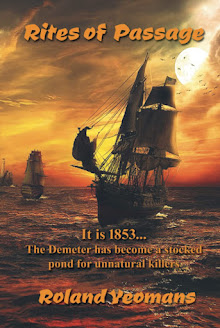








































































































































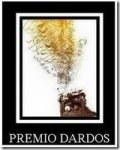

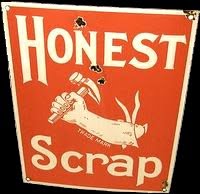


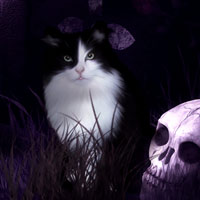




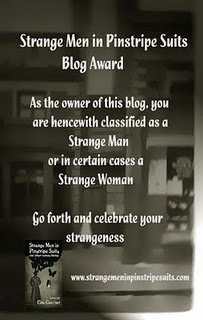




















Does there always need to be a bad guy? Can’t my goatherds live out their lives together without ticking bombs?
ReplyDeleteThe ticking bomb for them I think is the weather as it is for me here in Hurricane Country!
DeleteIt was the true bad guy in the Humphrey Bogart movie, KEY LARGO.
[Rocco is showing strain at the height of the hurricane's force]
Frank McCloud (Bogart):
"You don't like it, do you Rocco, the storm? Show it your gun, why don't you? If it doesn't stop, shoot it."
I had weather in mind from the beginning, so I’m glad I don’t need to inject another character into the mix. ❤️
DeleteOh, then there are novels like THE OLD MAN AND THE SEA where the old man is the fish's "bad guy", and the sea with its sharks are the bad guys for the old man -- but
ReplyDeleteHemingway seems to suggest that victory is not a prerequisite for honor. Instead, glory depends upon one having the pride to see a struggle through to its end.